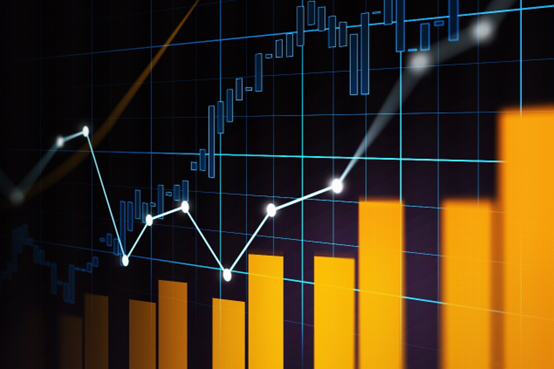
Exhibition time: 17-19 March, 2026 Shanghai, China
 中文
中文

Exhibition time: 17-19 March, 2026 Shanghai, China
 中文
中文

Biostimulants are rapidly gaining popularity as a preferred crop growth enhancer that is free of synthetic ingredients and objectionable side effects in all agrarian countries around the world. Tier-1 global market players, as well as regional and domestic enterprises, have provided the product on a large commercial scale. The expansion of organic-based farm products has also allowed for the safe use of biostimulants.
Biostimulants Market: Competitive Landscape
The biostimulants market is highly competitive with a rich palette of global and regional players. Global players such as Valagro SPA, Koppert B.V., Syngenta, BASF SE, UPL Corporation Limited, Novozymes, Isagro SPA, and FMC Corporation have invested strategically in the biostimulants market, and have launched basic and premium grades at different pricing levels to increase their earnings and profit margins. This suggests that, major manufactures are keeping tabs on the market, as it holds a lot of potential in the coming future. Research & development, coupled with expansion of supply and distribution footprint via all possible trade channels, remains the key strategy for manufacturers to enhance business growth and capture new market opportunities.
South East Asia to Offer Lucrative Growth Opportunities
South East Asia is anticipated to hold a prominent share of the global biostimulants market, owing to the high per acre agricultural production rate as compared to other regions. Another key factor driving the growth of the biostimulants market in East Asia is the decrease of natural soil fertility due to environmental amendments, which has compelled agricultural professionals to infuse biostimulants in crop produce by themselves.
The global biostimulants market was valued at $2,773.8 million in 2021 and is expected to grow at a 11% CAGR during the forecast period in the report Global Bio-Stimulants Market Analysis 2022-2029.
Key Takeaways from the study
The acid-based active ingredient type of biostimulants is commonly used by a majority of agricultural professionals for row crops as well as for other types. However, in wake of continued product innovations, newer types for microbial growth amendment, minerals tracing, etc., are more likely to be sought by end users.
Horticulture-base crop produce to foresee a boost in consumption of biostimulants, as these crops are more prone towards microbial reactions. The development of diverse varieties/ grades of fruits and vegetables has involved a significant use of biostimulants
Product differentiation has been followed by leading manufacturers. This involves product branding and marketing, which was otherwise clubbed into the conventional category of crop fertilizers in earlier times, and resulted in low traction of biostimulant sales.
Europe has been an early adopter of biostimulants, owing to product development and compliance of eco-friendly initiatives as proposed by HSE (Health, Safety and Environment) management bodies. Over the due course of time, the region has emerged as the leading consumer of biostimulants, and will account for half of global sales in 2019.
However, with emerging markets such as India and China, the paradigm shift of growth is expected to be concentrated over East Asia over the forecast period.
Source: Future Market Insights